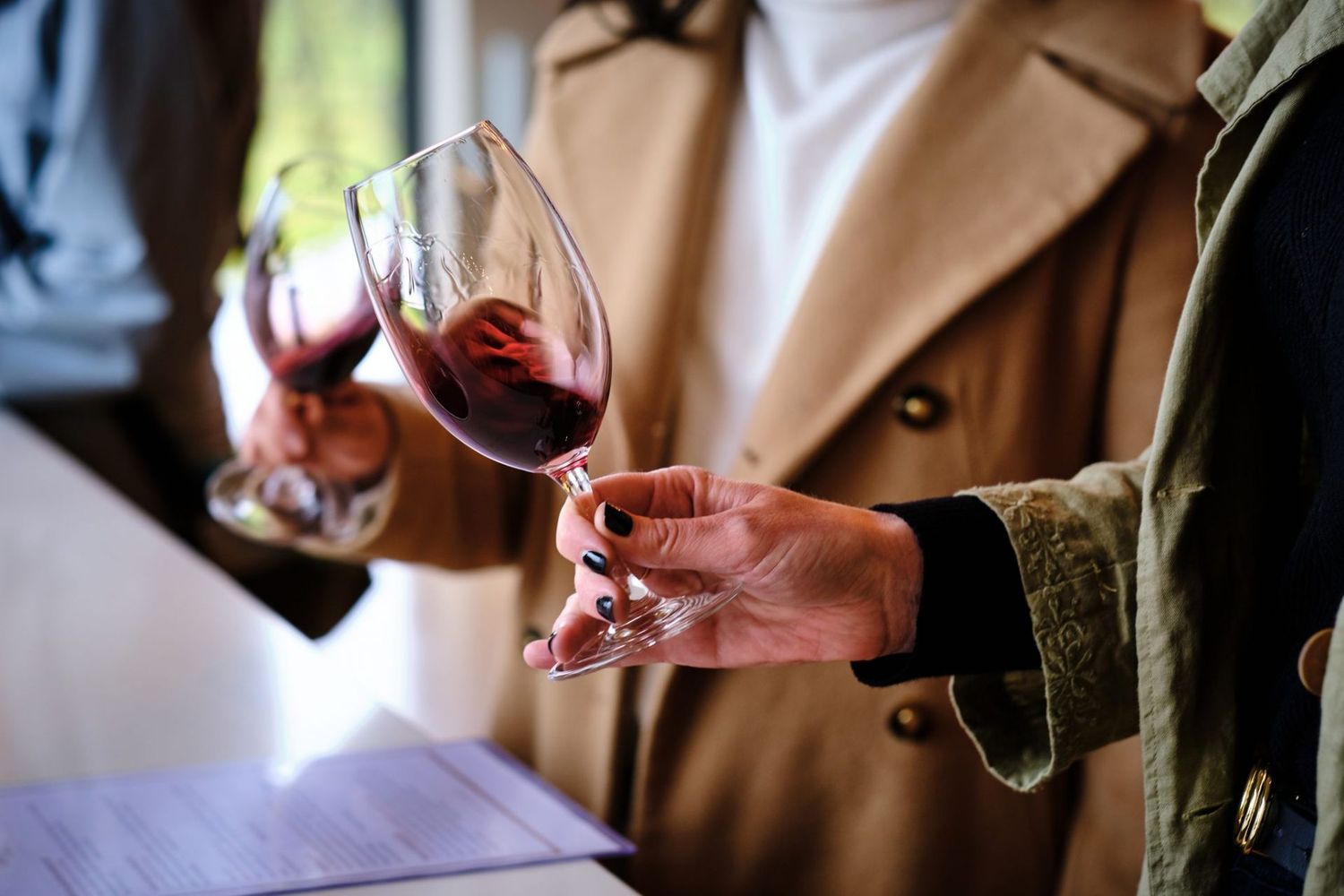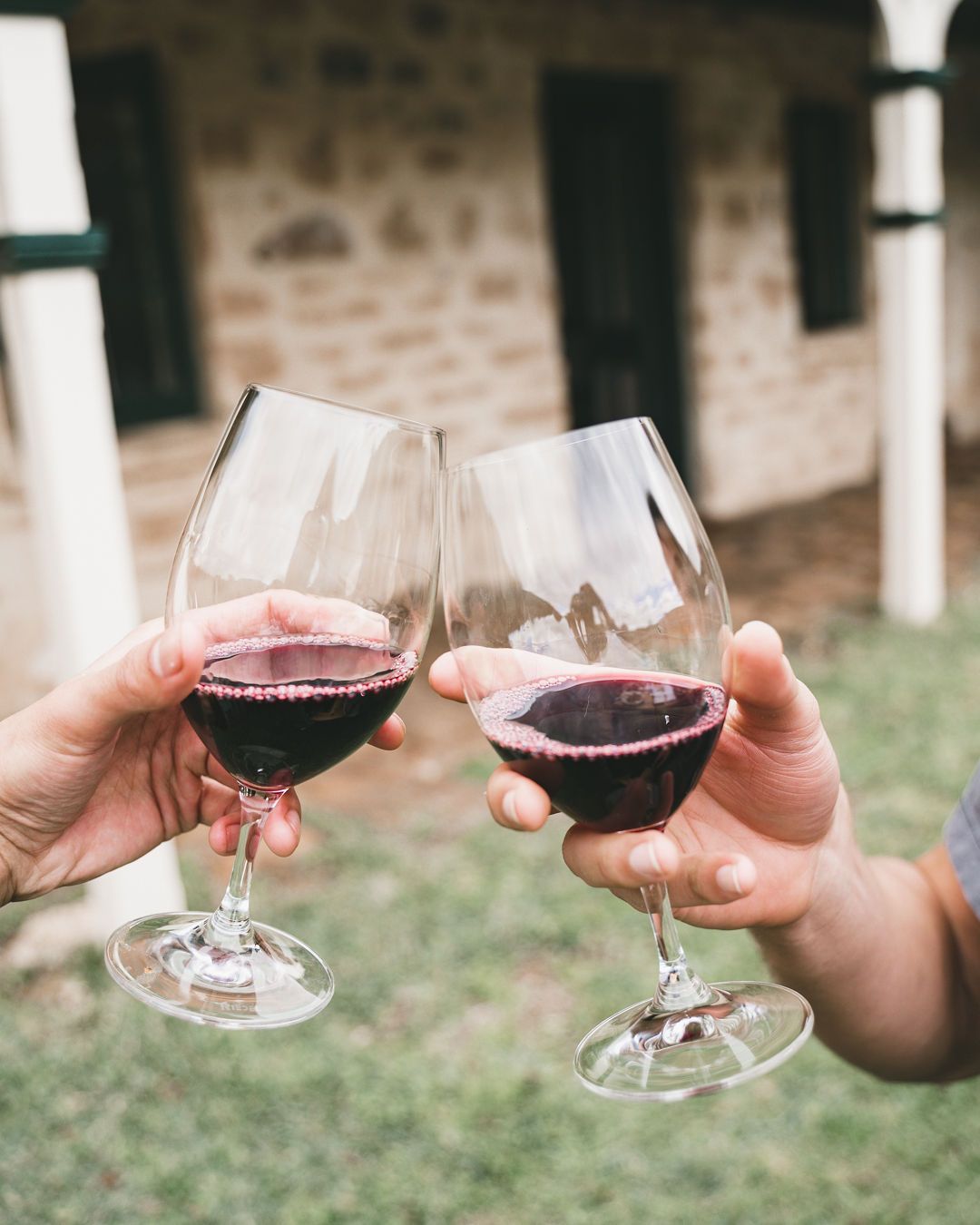Andrew Watson of Woodlands has happy memories as a youngster of helping his father wash out wine barrels at weekends to make a cabernet franc blend. It was 1989 and Woodlands had almost ceased production. Andrew’s father David Watson was struggling to balance raising a family with commuting from Perth on weekends to run Woodlands.
They sold their cabernet sauvignon grapes to other Margaret River producers but there was the problem of the unsold cabernet franc, Merlot and Malbec. David got together with some friends and they decided to make “Emily”, referencing the varietals used to make St Emilion wine in Bordeaux. Andrew describes it as an early example of crowdfunding. All the grapes used in the production of Emily now come from the Woodlands Brook Vineyard which Andrew and his brother Stuart Watson purchased in 2008.
“We were just taking control at that stage so this represents a real coming of age wine for us.” For readers unfamiliar with cabernet franc, what does it taste like? “It’s very different from cabernet sauvignon,” says Andrew. “It’s more aromatic with a strong flavour of violet. The tannin structure is also very different. The tannins coat the side of the tongue while cabernet sauvignon hits the back of the tongue. In Emily, cabernet franc provides the skeleton and merlot provides the flesh. I call merlot ‘the peacemaker’. The flavours of blackcurrant and plumb overlay the wine really well.
“2016 is my favourite vintage ever in Margaret River. It was very dry. We had a mild to warm summer. Then there was an enormous rain event in January when 90mm of rain fell. Then it went back to being dry again. For our unirrigated vines, this has helped create much better natural acidity, great flavours of bright fruits and wines that really sing.”
“Emily has great natural acidity but power. I call it ‘a graceful monster’. I don’t like wines above 14% alcohol. Emily is balanced with beautiful fruit. It’s not over extracted to taste expensive.” “I had the ultimate match with cabernet franc the other night – steak tartare. We’ve also recommended Emily with roast duck or sticky Chinese pork belly. The natural acids cut through the fat or oil. Cabernet Franc definitely changes with food. It fleshes out the middle palette. As a vegetarian option, I’d try it with something like a mushroom risotto.”


